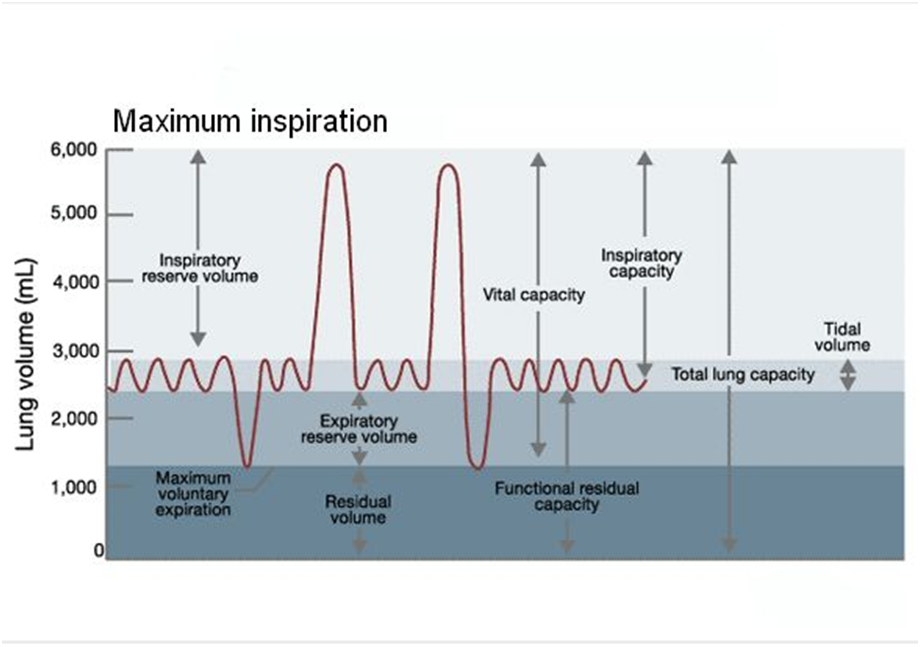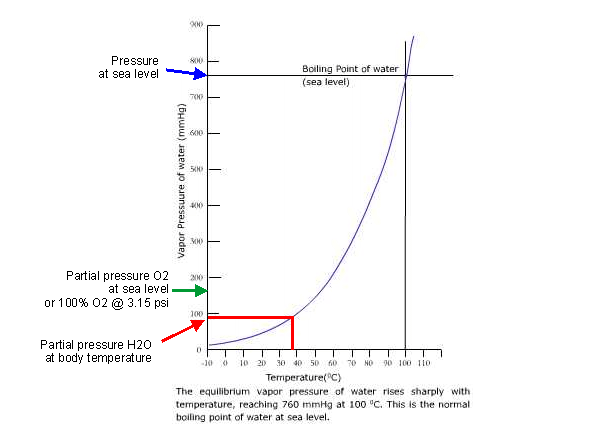The sum of all partial pressures in the lungs must add up to the ambient pressure, by definition.
The composition of gas inside the lungs includes the vapor pressure of H₂O at body temperature which is about 0.9 psi. This is independent of ambient pressure.
Inhaled air is diluted by this H₂O vapor. It is also diluted by the dead space gases from the previous breath, which is about 150ml out of every 500ml breath.
If you tried to breathe pure O₂ at 1 psi, your lungs would be full of H2O vapor (steam). Your respiratory efforts would be useless as the H2O vapor would shuttle back and forth in the dead space and no O₂ would get to the alveoli. However, you would feel only mildly short of breath until you lost consciousness. This is because respiration is driven primarily by blood CO₂ levels, not blood O₂ saturation. Your respiratory efforts would continue to eliminate CO₂ despite being unable to oxygenate your blood.
To compensate for these effects, space suits use ~4 psi O₂. Higher pressure could have some advantages for respiration, but would decrease the flexibility of the suit. (Volume changes with joint movement are opposed by suit pressure).


More detail is provided by the excellent answer to Why is the EMU space suit pressurized to 4.3 psi specifically?
An important issue in choosing suit pressure is prevention of the bends. Astronauts on the ISS are saturated with nitrogen to 14psi ambient (80% N2). They can tolerate a sudden halving of ambient pressure (to 7psi) but going any any lower increases the probability of getting bent. Breathing pure oxygen for a period of hours before exposure to decreased pressure will decrease the partial pressure of N2 in their tissues (and decrease the risk of bends). This procedure is routine in the ISS where astronauts pre-breath pure O2 (at ambient ISS pressure) before EVA.
The length of time required for N2 flushing (breathing pure O2) depends on the suit pressure. The higher the suit pressure, the faster an astronaut can either start their EVA or, in the case of an emergency, survive a depressurization event without getting bent.
Even if EVA suits could be pressurized to lower pressure, the increased risk of bends and the increased nitrogen flush time would be a disadvantage.

